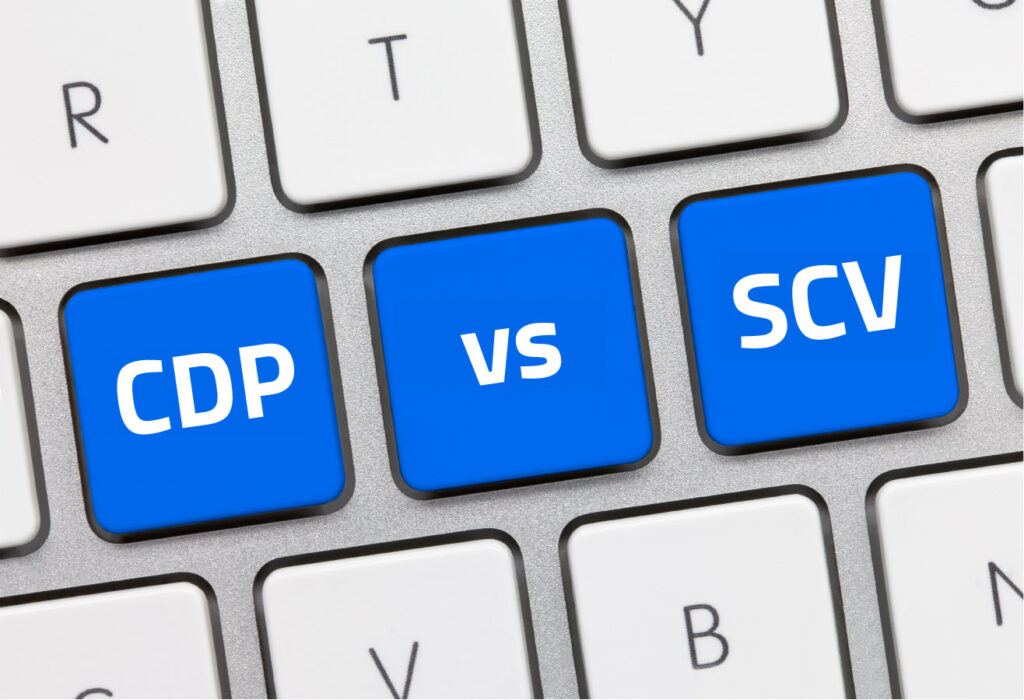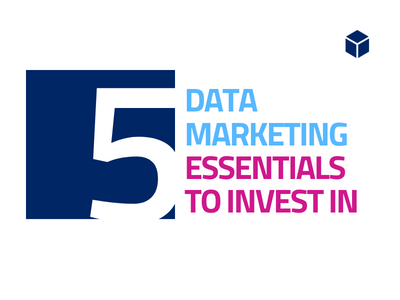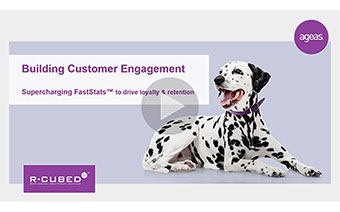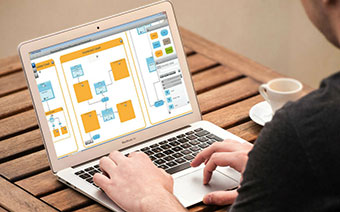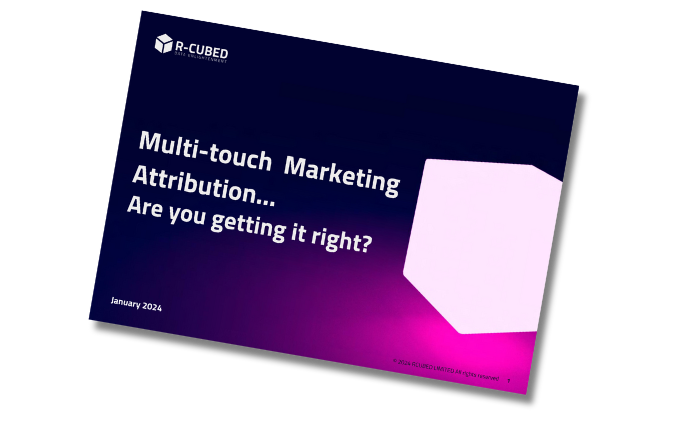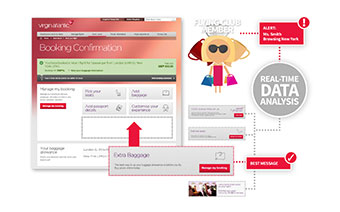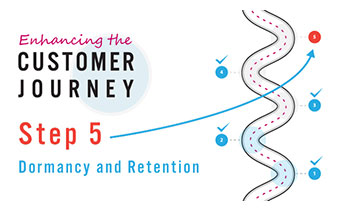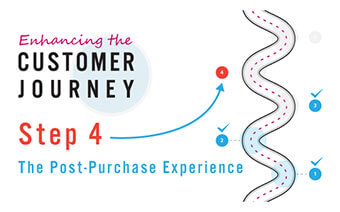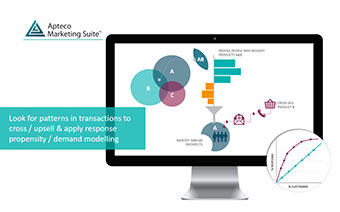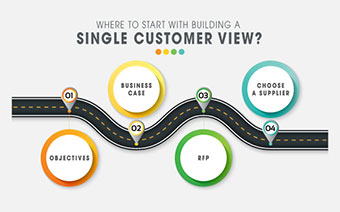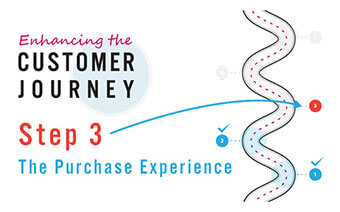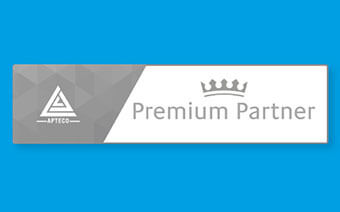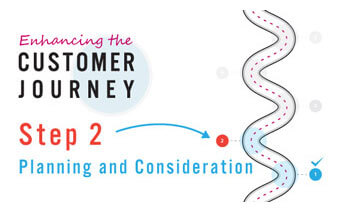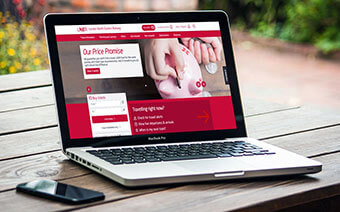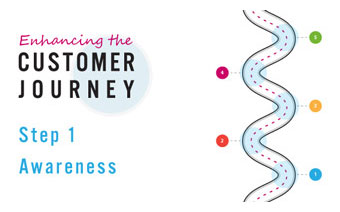You’ll already know that an SCV (Single Customer View) is how you bring together all your data together in one place so that you’re always operating from a complete and up-to-date view of your customers.
But now there’s a lot of talk about CDPs (Customer Data Platforms). Is it a just new phrase for the same thing? Or is it something different? And which do you need?
Confusion abounds in this particular area and that’s not good for the customer. Many companies have come to us for help when they realise they’ve been tied into a long contract on something that doesn’t do what they thought it would.
So let’s try to throw a little data enlightenment on the issue.
What is a Customer Data Platform?
A CDP has an SCV at its heart, and is designed to pull together all your data into one place. It often has other features built-in, such as a tool for personalising your website, marketing automation, email broadcast and analysis tools.
Customer Data Platforms are often promoted as being marketer-friendly, with easy-to-read slick interfaces and key metrics and performance indicators at your fingertips, and it can be an easy one-stop-shop to get all your data in one place and have all your marketing tools in one tidy package.
But if you look beneath the shiny exterior, you might find that you’re not always getting what you were hoping for.
TIP 1: Make sure that your Customer Data Platform supplier will oversee the complete set-up or if not, that you have the skills in-house to do it yourself.
What if you have non-standard requirements?
Standard solutions are brilliant for standard problems. But what if you’re a bit different?
CDPs are often aimed at digital ecommerce clients and cope with their needs admirably. If you’re not quite in that field – you run physical events for example, or have a lot of offline sales from physical shops – you might find that using one isn’t as easy as you’d hoped. You might already have several different systems that don’t fit the off-the-shelf integrations included in the CDP package, or lack a clear data architecture. It’s quite common for organisations to have valuable data stored in legacy systems that pre-date the more standardised software we see these days.
The most crucial stage of buying either a Single Customer View or a Customer Data Platform is to scope out your requirements first and then make sure that anyone on your short-list can meet them. It’s too much of an investment to just hit and hope.
TIP 2: Clearly establish your requirements before parting with your money.
Get what you need
While the most common tools are useful to pretty much every company (visualising data, segmentation, email integration) everyone has different priorities and will use their data differently. Some CDP products will have functionality bundled in that you may not need, and shouldn’t have to pay for- or they may fail to include certain features that are vital to your business.
Usually you’re looking for a solution that will solve problems you have right now but also enable you to grow towards a more sophisticated marketing programme. We recommend a modular approach that allows you to select just the functionality you require as and when you need it, and add in extra functionality as you grow. Sometimes a mix of best-of-breed tools can fit the bill better than a single product suite- in fact many of the additional features offered by CDPs are simply other software solutions that have been bought out, so what is marketed as a single solution is actually several separate tools packaged together into one brand.
It’s important to know what you need now and what you may need in the future, and have the right tool at the right time without paying for what you don’t need.
TIP 3: Have a clear roadmap – and ensure that the solution you choose will get you there
So which one is right for me?
If you’re lucky an off-the-shelf CDP can certainly be easier to get up and running than a bespoke SCV with the appropriate tools – but you do need to thoroughly test drive it before committing and also be confident you have the in-house skills to sort out any issues.
You generally won’t get the hands-on support and guidance that you would from working with someone to provide a SCV built to your specifications.
Our recommendation? Don’t go it alone. Take the time to get someone in up front to help you define your actual requirements, to put the vendors through their paces and get under the bonnet instead of just kicking the tyres and staring at the shiny badges. Ultimately, it doesn’t matter what the platform is called, what matters is what it does, because getting the foundation right is absolutely crucial when it comes to data.
So whichever way you choose to go, make sure you always do the following-
- scope your requirements both now and in the future
- thoroughly vet any tool against your requirements
- make sure you have the skills – either internal or external – to properly implement your solution and fix the inevitable problems
Trying to keep up with all the latest Martech providers and developments is no mean feat and at R-cubed we’re constantly helping our clients review tools and get under the bonnet and get past the sales patter.
So If you’re serious about customer data, and want to make sure you are making the right choices when it comes to choosing a platform, then get in touch – we’d love to offer you some free advice and help you avoid making an expensive mistake.
If you want to read more about how to choose your SCV or CDP provider you could do worse than to read this single customer view guide from Sarah Storey.

